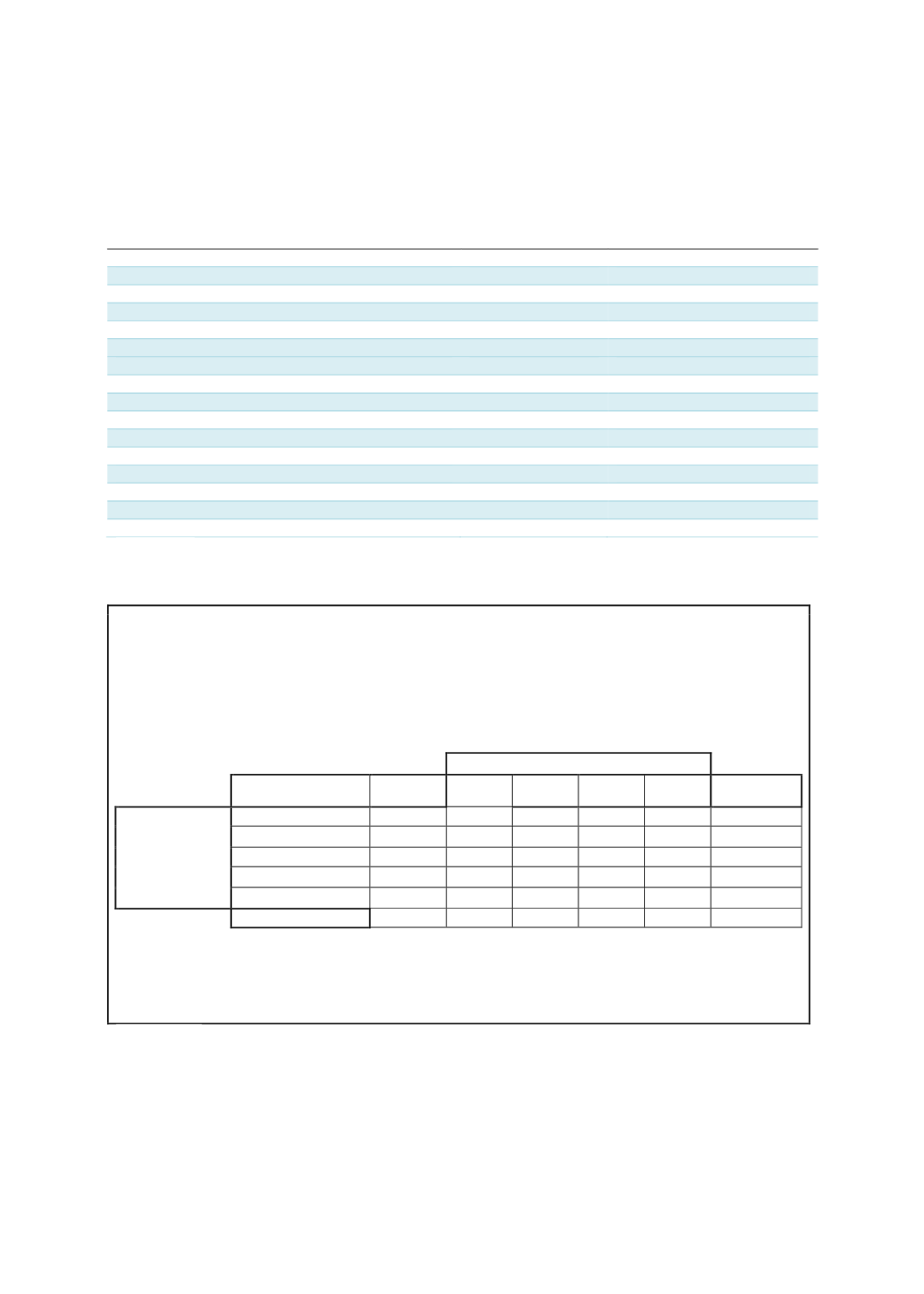

178
maturity. Apart from that, Nigeria set up a technical committee to develop a road map for a
national savings strategy in 2016, as delineated in Box 4.20.
Table 4.36: Investors of FGN Bonds Allotted in 2016
Description
Amount
Result
Total amount offered
1,235,000.00
Total subscription
2,125,748.10
Range of bids (%)
8-19
Range of marginal rates (%)
11.3340-16.4348
Range of Coupons (%)
12.4000-15.5400
% of the total allotment
Deposit money banks
325,296.81
24.86
Pension funds
285,437.75
21.82
Government agencies
240,603.33
18.39
Fund managers & NBFIs
408,362.88
31.21
Individuals
3,296.42
0.25
Insurance companies
20,880.39
1.60
Retail/other institutional investors
6,425.75
0.49
Foreign investors
18,000.00
1.38
Total allotment
1,308,303.33
100.00
Source: DMO
Box 4.20: Nigeria’s National Savings Strategy
The gap in Nigeria’s national savings is massive. At present, savings by the masses are still critically low. The
table below depicts that in 2016, some 36% of the population had access to bank accounts, with 2% having
insurance coverage and 5% enjoying the privilege of a pension scheme. The aggregate savings in the financial
system do not include most of the wealth of the local population that either keep it as cash or invest it in land
and cattle, among other things.
Financial Inclusion in Nigeria for 2010, 2012, 2014 and 2016
Status as at
Focus areas
Target by
2020
2010
2012
2014
2016
Variance to
2020 target
% of total adult
population
Payments
70%
22%
20%
24%
38%
-32%
Savings
60%
24%
25%
32%
36%
-24%
Credit
40%
2%
2%
3%
3%
-37%
Insurance
40%
1%
3%
1%
2%
-38%
Pension
40%
5%
2%
5%
5%
-35%
Financial exclusion
20%
46.3%
39.7%
39.5%
41.6%
-21.6%
That said, the Pension Reform Act was reformed in 2014, making it mandatory for companies with 3 or more
employees to join the pension scheme. Before the statutory amendment, the mandatory participation had
applied to private entities that employed 15 or more workers. Under the current system, employees of state
and local governments are excluded from participation. The total contribution rate will be 18% (i.e. 10% for
employers and 8% for employees).
Source: EFInA
4.7.4
KEY FACTORS UNDERPINNING NIGERIA’S SUKUK MARKET
As a nascent industry, Nigeria requires more efforts to build a conducive sukuk market. Some
of the basic pillars have been put in place, as illustrated in Figure 4.21.
















